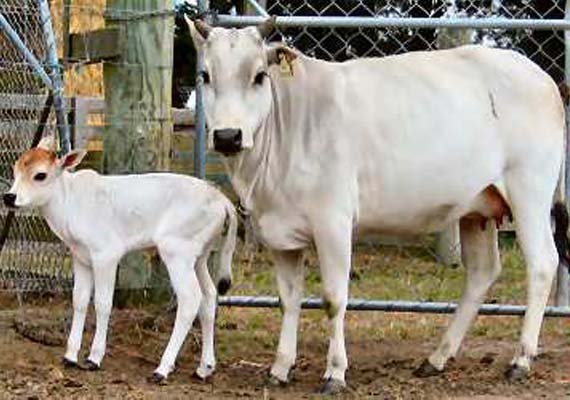So, what's new about it? – what I'm trying to do
A "zoeography"? – why I've invented a new term for this form
Introducing William Hayley er, introduces my subject, William Hayley.
I've written three posts about thinking through the reader journey (one, two, three), and in this post I want to think through a couple of other elements of the project:
Firstly, content.
I've sorted and edited into the first person all the nuggets of text from Hayley's Memoirs that will form the backbone of the narrative. I've also keyworded and tagged them with their original Memoir volume and page numbers, dates, places and the people they refer to. Most of them will fit into the main HayleyWorld keyword topics, which, at the moment are scheduled to be (in alphabetical order)
- children
- death
- education
- friendship
- love
- madness
- marriage
- medicine
- poetry
- politics
- theatre
There will also be some extracts that fall outside the main topics. Given that the reader journey is partly driven by choices of these topics, how can I ensure these don't get lost? Do I need to ensure they don't get lost: if they don't fit in, are they superfluous? How will I know?
At the moment, I'm wondering about giving at least some of these another keyword – asides – and maybe treating them as comments and anecdotes for William Hayley to drop into the conversation, not quite randomly
I'm also thinking about the look of the app. Hayley's words, thoughts and feelings will take centre page: mine, and others' – with the exception of his first wife Eliza's – will, I hope, appear as marginalia. In addition, I'm planning pop-up content, which will include Hayley's poems, extracts of unpublished correspondence and the lik. Most, but not all, of this will be reader-controlled.
A while back, one of Contentment's designers mocked up a few ideas. I particularly like this one, which allows for up to two voices (or subjects) in the margin.
Will hopefully have more to report in a couple of weeks.
Next week: the final chapter of Semantic Web for the Working Ontologist.


